Jasmine Tea Health Benefits and How to Brew Properly
on Aug 20, 2022
This post may contain affiliate links. As an Amazon Associate, I earn from qualifying purchases.
Jasmine tea has many health benefits and is famous for its signature floral aroma. See how to make this tea properly, with step-by-step directions.
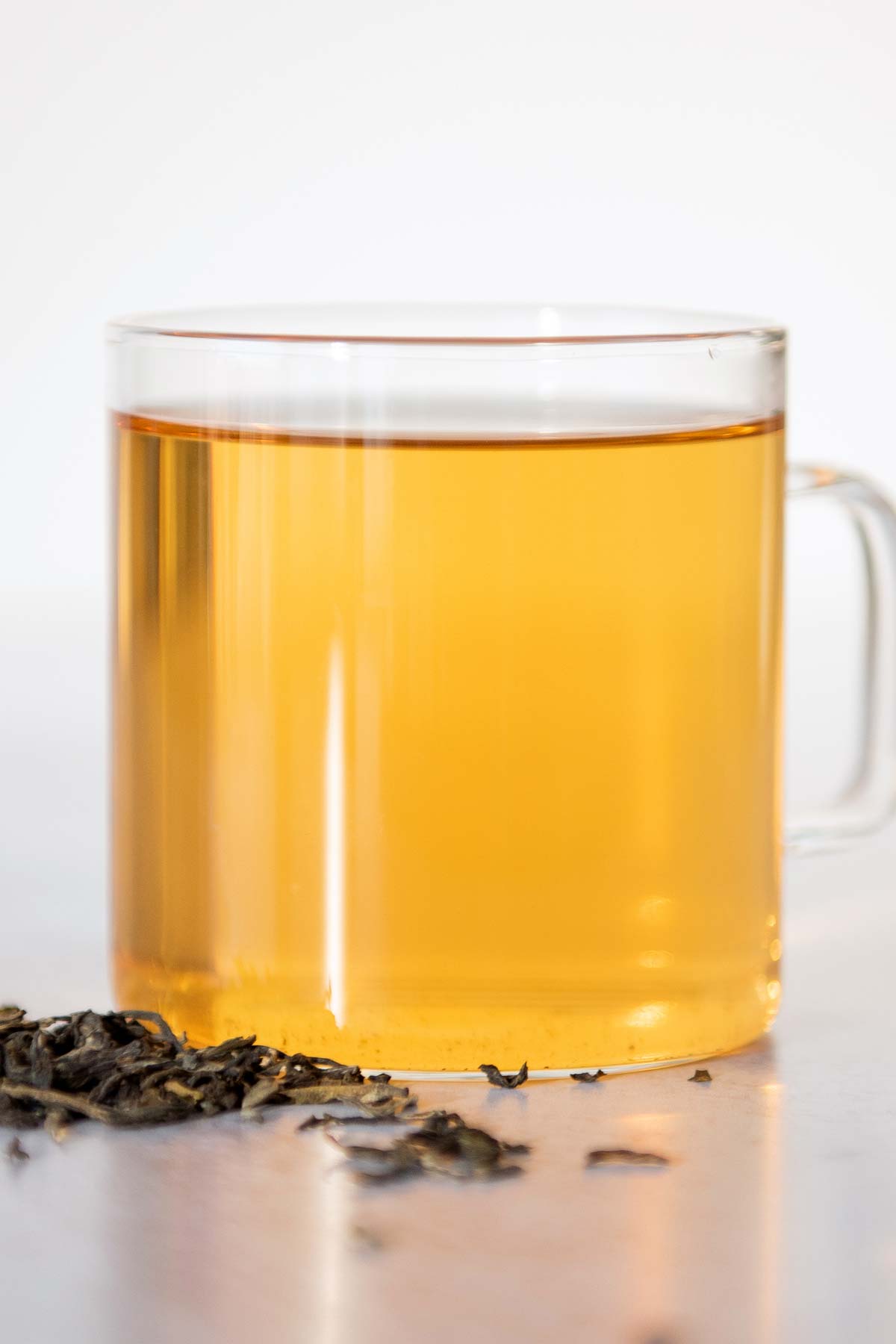
What is Jasmine Tea?
- Jasmine tea is a caffeinated, scented tea usually made from combining green tea leaves with jasmine petals. It has a delicate flavor and a full, floral aroma from the jasmine flowers.
- Jasmine tea is shaped into thin, rolled tea leaves or into balls (jasmine pearls).
- Traditionally, jasmine tea was scented by placing trays of fresh jasmine flowers below a woven tray of tea leaves in a warm room. Now, it’s common for the tea and flowers to be combined as the tea gets processed.
- High quality and more expensive jasmine tea is made with fresh jasmine flower buds. The more affordable and less expensive jasmine tea is made with jasmine extract.
RELATED: Jasmine Bubble Tea
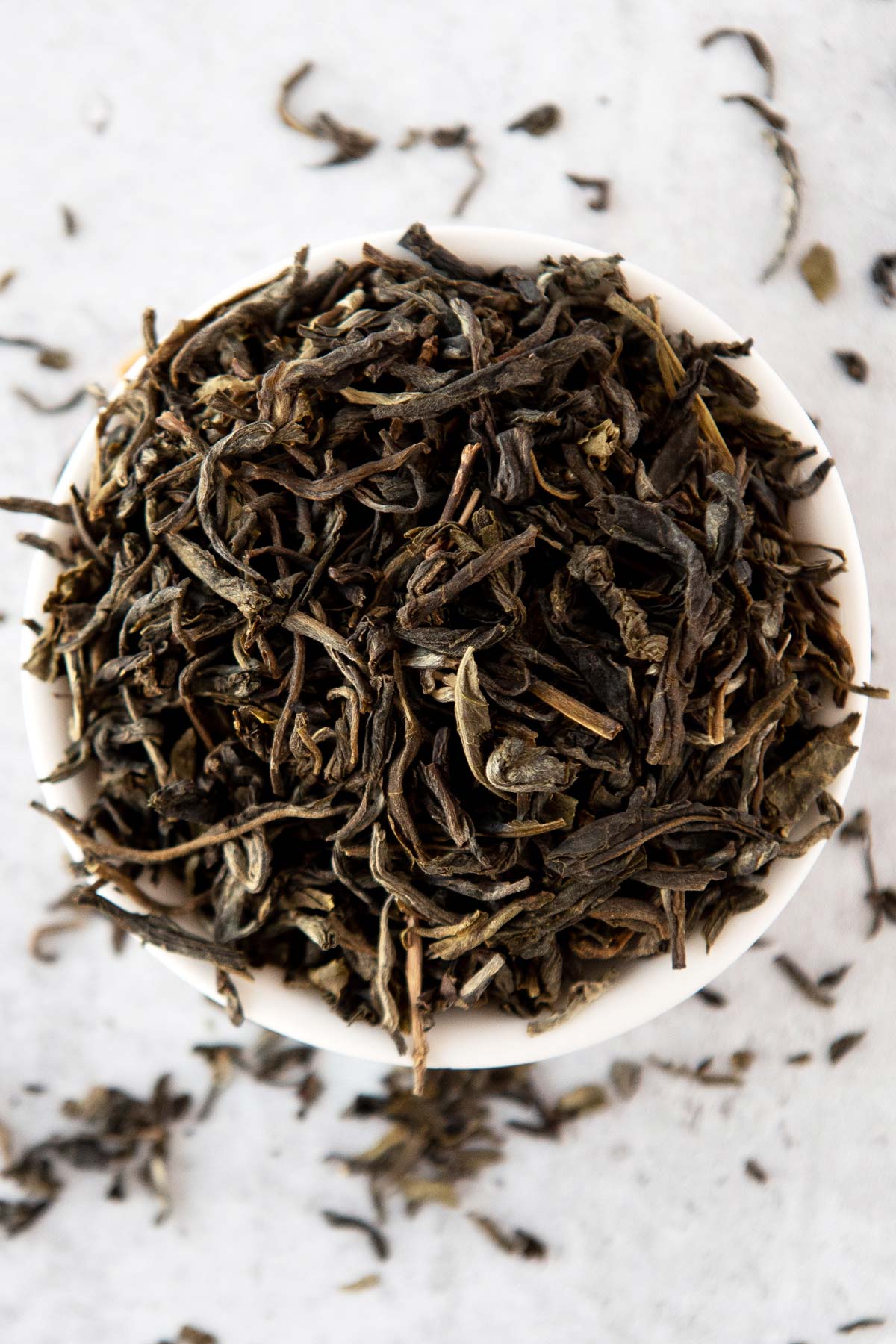
6 Jasmine Tea Health Benefits
1. Offers Antioxidants
According to a 2021 article, jasmine flowers have potent antioxidant properties.
The green tea in jasmine tea also contains antioxidants, which are known as catechins.
Antioxidants are important because they protect healthy cells from damage, which reduces the risk of chronic disease.
2. Supports Heart Health
Green tea, which is found in jasmine tea, is beneficial for the heart. This is partly due to the antioxidant action of green tea catechins, which protect the heart from oxidative stress.
Catechins also help regulate high cholesterol and blood pressure, two major risk factors for heart disease.
3. Protects the Brain
According to a 2021 article, the catechins in green tea (and therefore, jasmine tea) protect the brain by reducing oxidative stress and inflammation.
This may help reduce the risk of neurological diseases.
4. Enhances Focus
Thanks to its green tea content, jasmine tea contains some caffeine. This can help support alertness and focus, which can be helpful on busy days.
5. Promotes Relaxation
Green tea, which is found in jasmine tea, contains an amino acid called L-theanine.
It has a relaxing effect on the body and brain, which may help minimize anxiety and stress.
6. Reduces Blood Glucose Levels
The green tea in jasmine tea may help control blood glucose levels, potentially reducing the risk or managing type 2 diabetes.
More research is needed, but a 2020 study notes that the catechins in green tea might improve how the body metabolizes glucose.
The antioxidant properties of catechins could lend a hand, too.
RELATED: Jasmine Iced Tea
Side Effect of Green Tea
Contains Caffeine
Jasmine tea contains caffeine. It comes from the green tea used to make the drink. If you’re sensitive to caffeine, avoid drinking too much jasmine tea at once.
Side effects of consuming too much caffeine include restlessness, fast heart rate, headaches, and trouble sleeping.
RELATED: Iced Green Tea with Fresh Mint
Step-by-Step Brewing Instructions
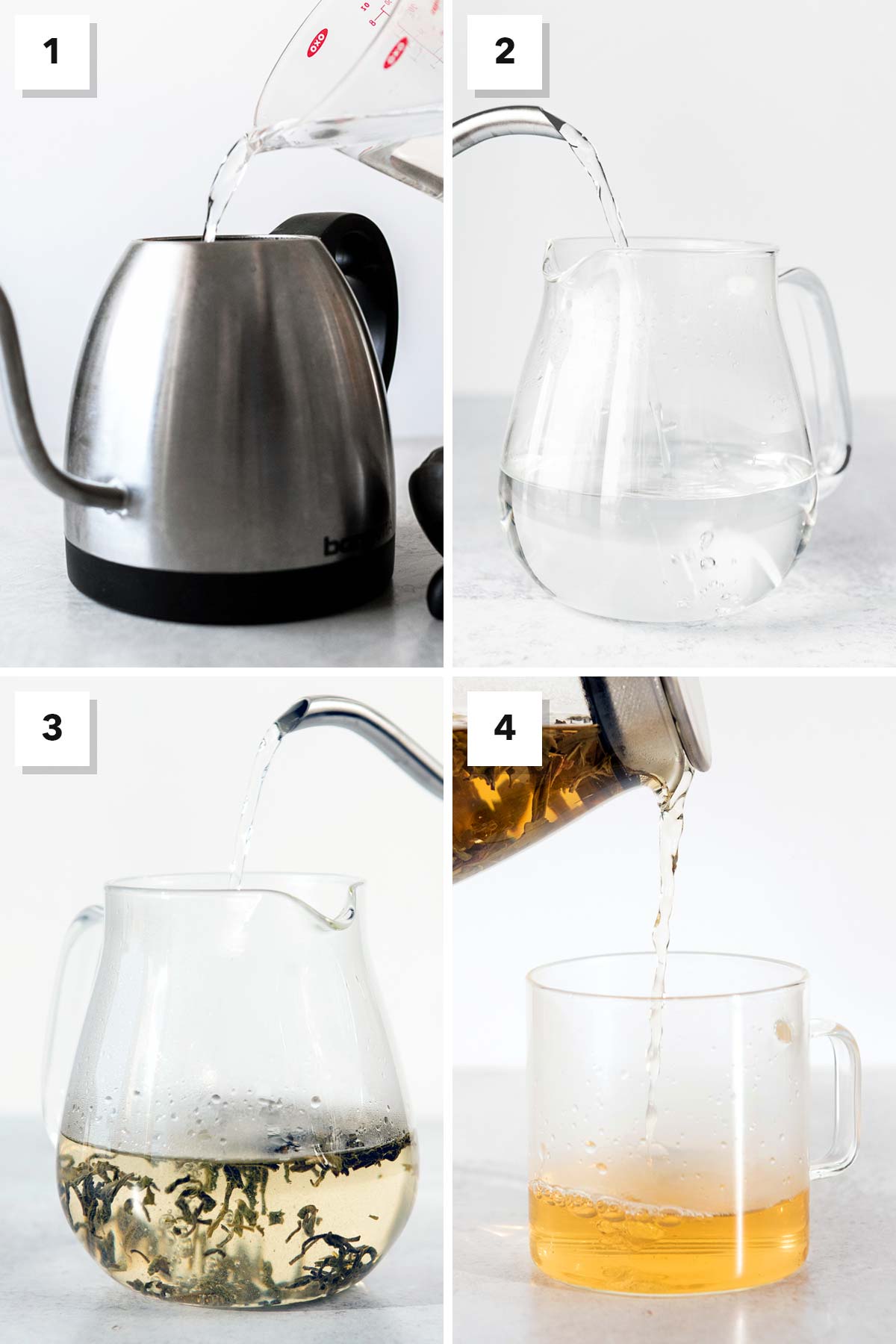
- Boil water.
Using an electric kettle with temperature setting to boil water for tea makes it easy to get the water temperature just right. Boil more than needed since you want extra to warm up the teapot. - Warm up teapot.
Pour some hot water into the teapot and swirl it around a bit. Discard the water. - Put jasmine tea into the teapot and add hot water. Cover teapot and steep.
- Strain jasmine tea and pour hot tea into a teacup.
Photo Credit: Harney.com
Tea Sommelier’s Tips
Serve jasmine green tea with or without sugar or milk.
Jasmine tea can be had without any sugar and/or milk or just plain, without anything added.
Use good quality water.
Tea is mostly water so it’s important to use good quality water. I recommend using filtered water.
Use an electric kettle with temperature setting.
Heating water in an electric kettle with a temperature setting is the best way to get the correct the water temperature for jasmine tea. Set the kettle to 175°F. (If you’re making jasmine pearl tea, you can use a higher water temperature. Check the tea package for correct water temperature for your tea.)
Loose tea is higher quality tea.
The bigger the tea pieces are, the better the quality and generally, loose tea is the highest quality. Tea bags usually contain tiny, broken leaves that increase the tea’s bitterness. If loose tea isn’t available, tea sachets are the next best choice since they contain tea leaves that are more intact. (See tea comparison photos.)
Don’t make green tea with boiling hot water.
Green tea should be made with simmered water, not boiling hot. Using water that’s too hot will make the tea bitter.
Don’t brew green tea for too long.
Jasmine tea is usually made with green tea which shouldn’t be brewed for longer than 3 minutes. Brewing for too long or in water that’s too hot is how you get really bitter jasmine tea.
Warm the teapot.
Tea professionals always warm the teapot before making tea to make sure keep the temperature is stable while the tea steeps. Don’t forget to add some extra water to the kettle so that you can warm up the teapot!
Store it properly.
Brewed jasmine tea can be kept in the refrigerator, covered, for up to 4 days.
Loose jasmine tea leaves should stored in an airtight container kept away from light, odor, humidity, and heat.
RELATED: Top 10 Tea Sommelier Tips
Questions You May Have
Jasmine tea has a delicate flavor that is lightly sweet and has a fresh, floral scent.
Yes, jasmine tea naturally contains caffeine since the jasmine is blended with tea from the camellia sinensis plant, which always contains some level of caffeine.
Jasmine tea contains tea from the camellia sinensis plant, which means it is a real tea. Real tea only comes from leaves from that one plant.
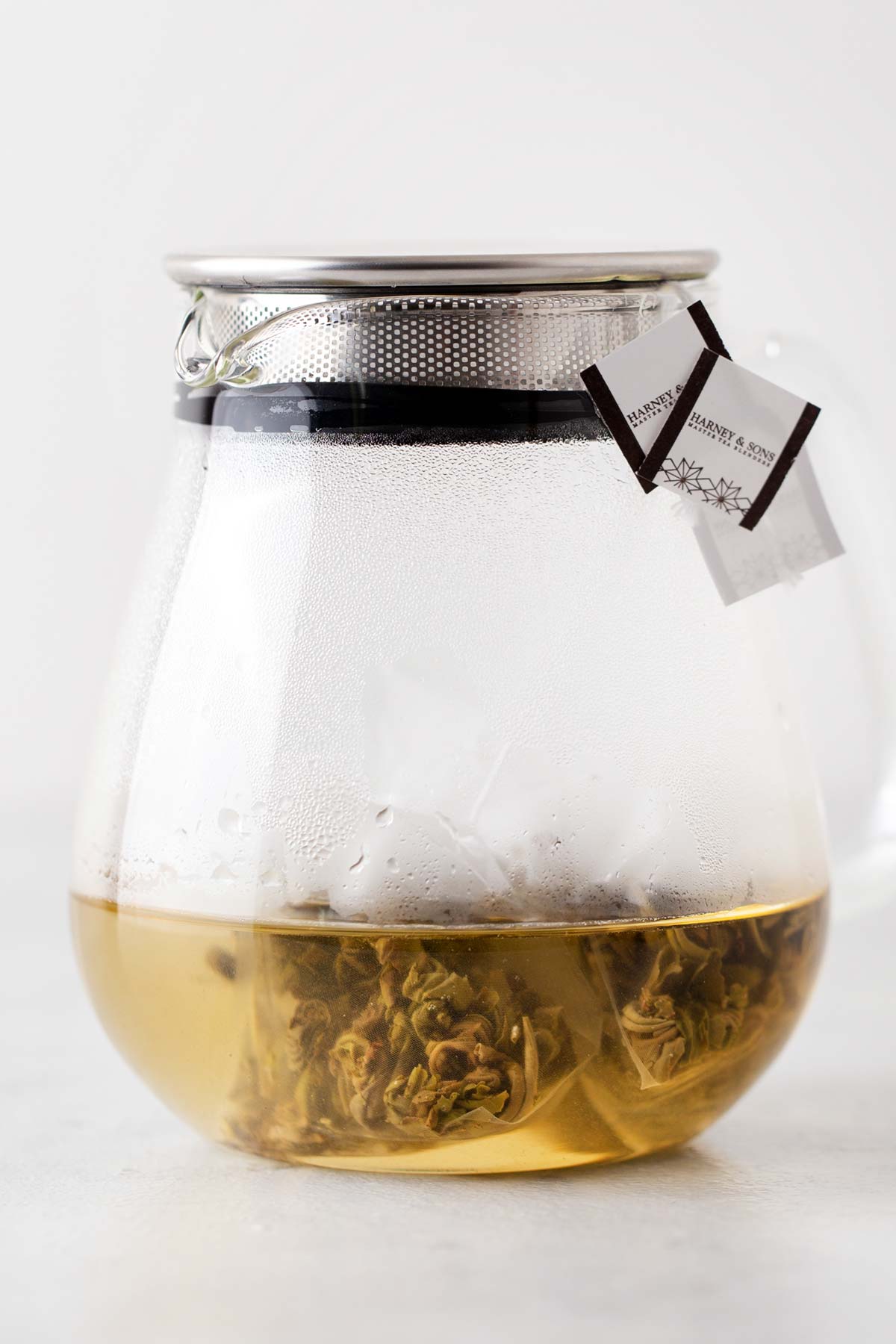
Related
- Starbucks Iced Green Tea Copycat
- Starbucks Iced Green Tea Lemonade Copycat
- Hojicha Tea
- Sencha Tea
- Genmaicha Tea
Want to save this recipe to Pinterest for later? Pin it now to your Pinterest board!
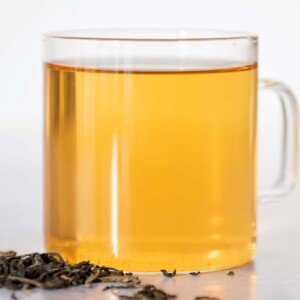
Jasmine Tea
Equipment
Ingredients
- 1 cup water, + more to warm teapot
- 1 ½ teaspoons jasmine tea, or 1 tea sachet or tea bag
Instructions
- Boil water. If using an electric kettle with temperature setting, set it to 175°F. If boiling water on the stovetop, let it come to a simmer, then turn off heat. (Filtered water is best.) Heat a little more water than needed so that it can be used to warm up the teapot.
- Warm up teapot.Pour some hot water into a teapot and swirl it around. Discard the water.Warming up the teapot is an extra step that all tea professionals take the time to do, so that when the tea steeps, the water temperature won't drop drastically.
- Put jasmine tea into the teapot and add hot water. Cover teapot and steep for 3 minutes.
- Strain jasmine tea solids and pour hot tea into a teacup.
Notes
- Jasmine tea can be had without any sugar and/or milk or just plain, without anything added.
- Tea is mostly water so it’s important to use good quality water. I recommend using filtered water.
- Heating water in an electric kettle with a temperature setting is the best way to get the correct the water temperature for jasmine tea. Set the kettle to 175°F. (If you’re making jasmine pearl tea, you can use a higher water temperature. Check the tea package for correct water temperature for your tea.)
- Green tea should be made with simmered water, not boiling hot. Using water that’s too hot will make the tea bitter.
- Jasmine tea is usually made with green tea which shouldn’t be brewed for longer than 3 minutes. Brewing for too long or in water that’s too hot is how you get really bitter jasmine tea.
- Tea professionals always warm the teapot before making tea to make sure keep the temperature is stable while the tea steeps. Don’t forget to add some extra water to the kettle so that you can warm up the teapot!
- Brewed jasmine tea can be kept in the refrigerator, covered, for up to 4 days.
Nutrition
Nutrition information is automatically calculated, so should only be used as an approximation.
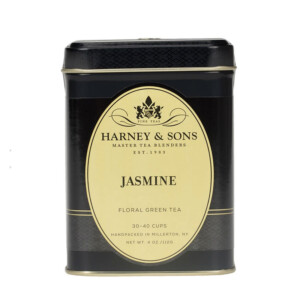
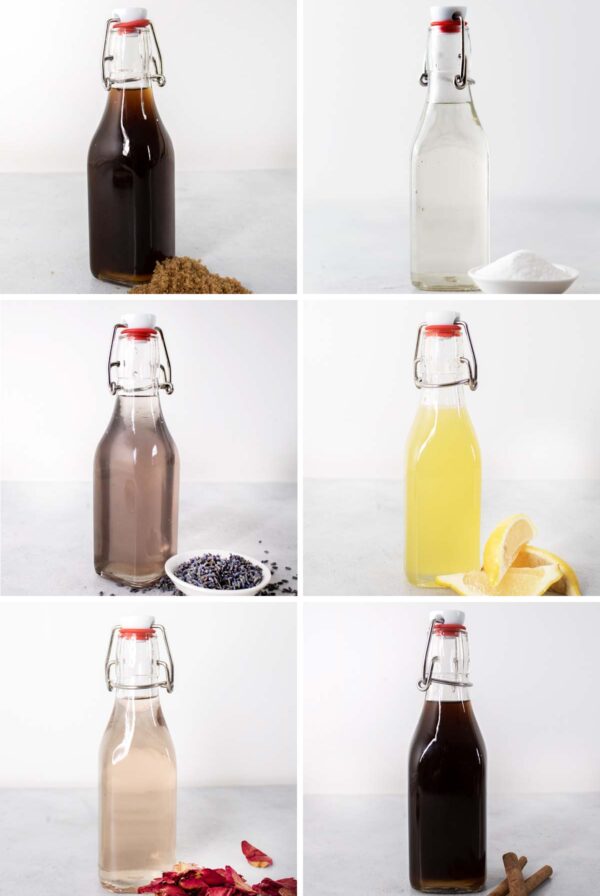
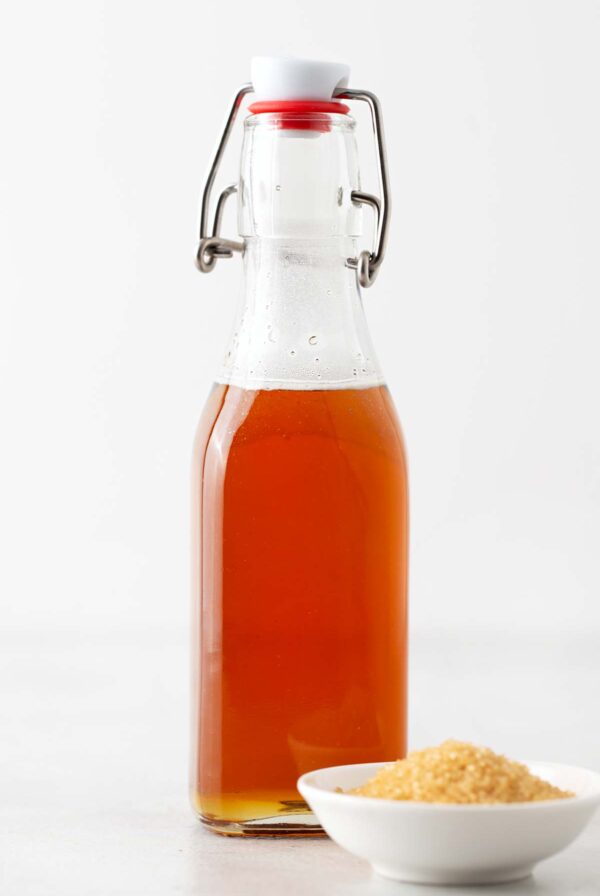
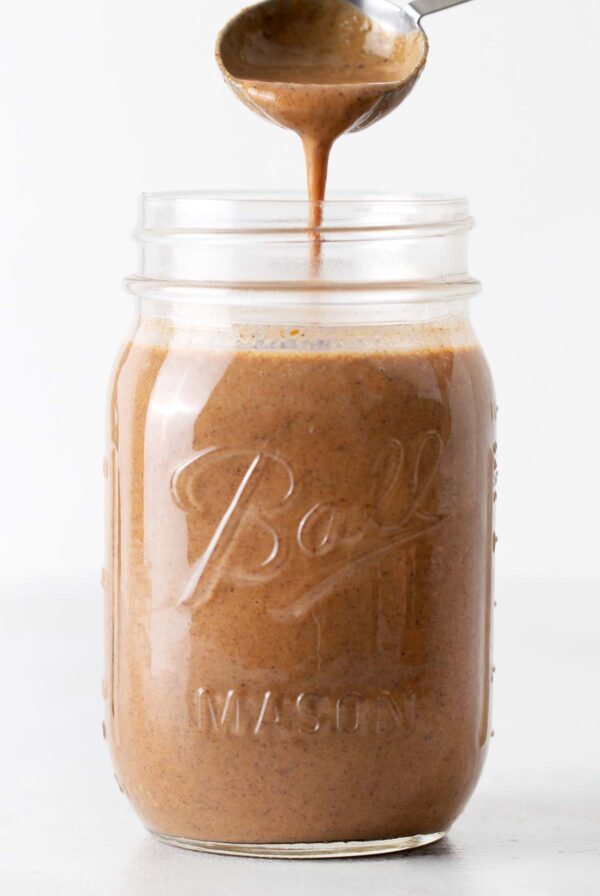
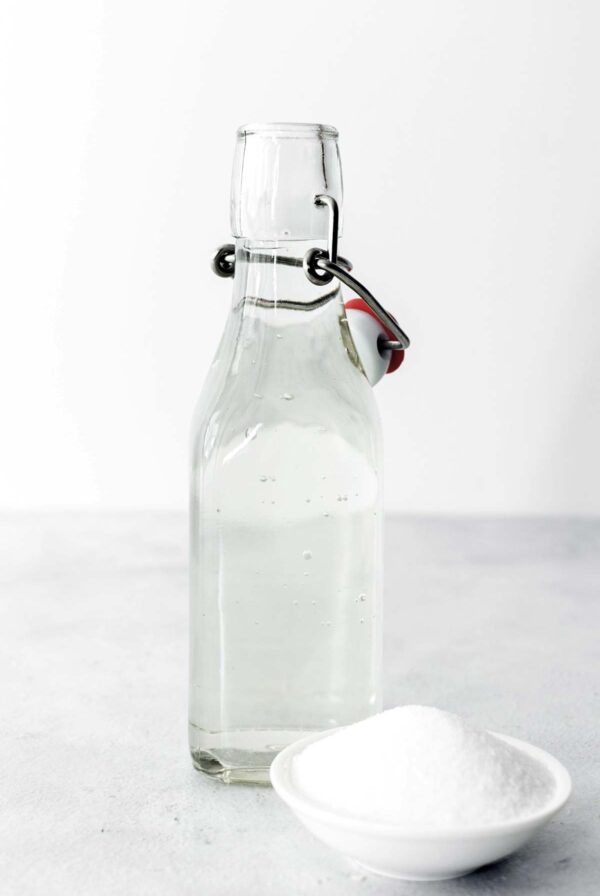








Jee, indeed totally masterful. Impressed humbled and inspired. Thanks